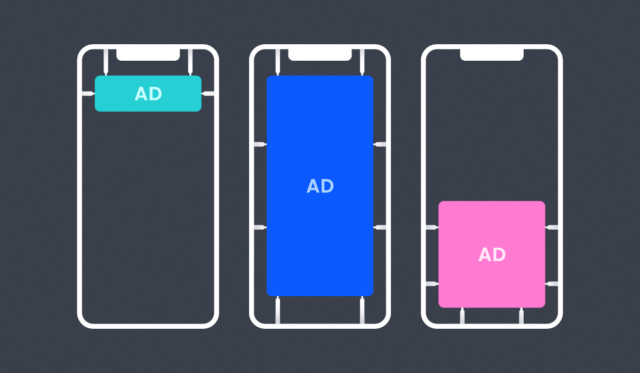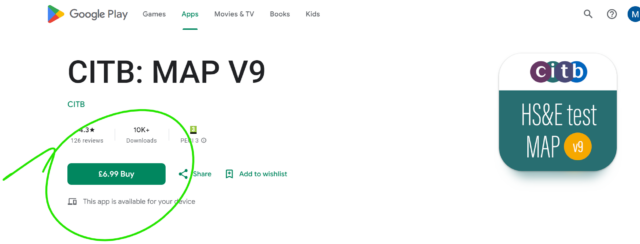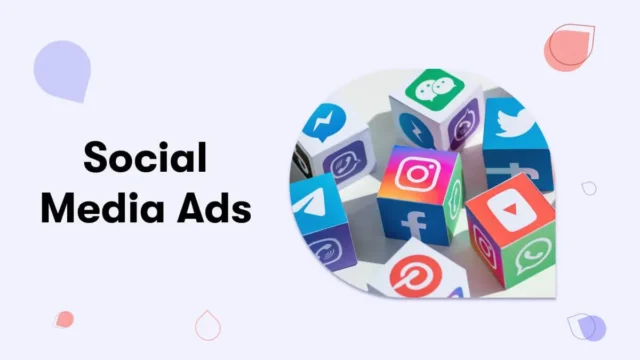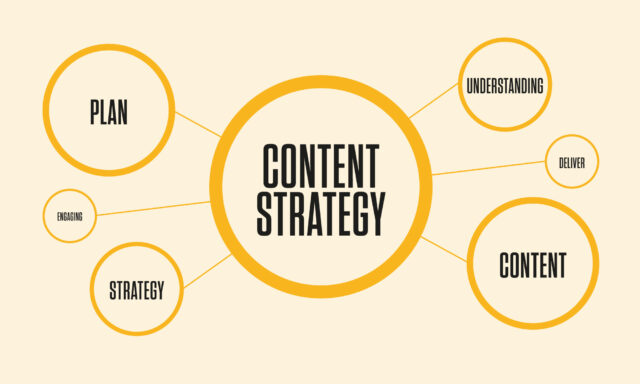Imagine this: your mobile app, the one you’ve poured hours into, sitting on millions of devices worldwide. But how do you turn that digital footprint into a financial success story?
Welcome to the ever-evolving world of app monetization—a journey from the simplicity of initial pay-per-download models to today’s intricate web of revenue strategies. As we look at 2024, the landscape is more exciting than ever, blending technology with creativity to open new doors for income.
In this article, we’ll explore five innovative ways to monetize your mobile app in 2024, each method a key to unlocking potential earnings while enhancing user experience. Ready to dive into the world of smart monetization? Let’s begin!
1. Advanced In-App Advertising

In mobile app monetization, advanced in-app advertising has taken center stage. This method is not just about displaying ads; it’s about creating an engaging experience for the user.
As a developer, think of interactive ads that invite user participation or rewarded videos that offer in-app benefits for viewing. These innovative formats can significantly boost engagement and revenue.
However, the key lies in striking the perfect balance between monetization and user experience. Intrusive ads can drive users away, while subtle, well-integrated ads can enhance the app’s value, boosting your customer acquisition in 2024.
It’s about understanding your audience and designing ad experiences that resonate with them. By mastering this balance, developers can create a win-win scenario where revenue and user satisfaction grow.
2. Subscription Models

The rise of subscription-based revenue models has revolutionized how users interact with mobile apps. Unlike one-time purchases, subscriptions offer a steady revenue stream and build long-term user relationships. You can think of this as a 2024 customer management practice that brings money while allowing you to ensure long-term customer retention.
Consider offering multiple tiers to cater to different user needs and budgets when implementing this model. Each tier should provide distinct value, encouraging upgrades.
It’s also crucial to manage these subscriptions effectively, focusing on user or customer retention through continuous content updates and exclusive features. Remember, the key to a successful subscription model is to balance offering premium content and not alienating the free-tier users.
3. In-App Purchases & Microtransactions

In-app purchases and microtransactions remain a cornerstone in app monetization, especially effective in specific genres like gaming and utility apps. Each genre requires a unique approach to in-app purchases. For example, in gaming, you might offer aesthetic enhancements or gameplay advantages, while utility apps could unlock additional features or services.
The best practices for pricing and offering value include ensuring the purchases feel like a natural part of the app experience and provide genuine value. It’s essential to price these purchases strategically; too high, and you’ll deter users, too low, and you may undervalue your product. Regularly assessing and adjusting your offerings based on user feedback and market trends is also crucial for maintaining the effectiveness of this monetization method.
If you are unsure how to get dependable user feedback, leveraging platforms like SeVO Poll can be a good starting point. Conducting a USSD mobile survey on this platform can give you unbiased feedback, allowing you to improve user experience and monetization model.
4. Sponsorship & Partnerships

Securing sponsorships or brand partnerships can open up lucrative avenues for app monetization. The key is to find brands whose products or services align with your app’s audience. This alignment not only makes the partnership more natural but also more effective.
When approaching potential sponsors, present clear demographics of your user base and how the partnership can benefit both parties. For instance, a fitness app partnering with a sports drink brand could be a perfect match. Another example is a popular gaming app featuring branded content from a major movie release. Remember, authenticity and synergy are paramount in these partnerships.
5. Pay-Per-Download

In 2024, the pay-per-download model remains a viable option, especially for niche or highly specialized apps. This model’s straightforwardness—pay once, own forever—can appeal to a segment of users.
However, compared to free-to-play models, pay-per-download can limit initial user engagement, as potential users may hesitate to pay upfront without trying the app first. On the upside, this model attracts a more dedicated user base and eliminates the need for constant in-app monetization strategies.
It’s about weighing the immediate revenue of pay-per-download against the potentially more significant but more gradual earnings from free-to-play models with in-app purchases or ads.
Case Studies: Real-World Success Stories

The following case studies illustrate how popular apps have successfully leveraged various monetization models:
In-App Advertising
- Paper.io 2: This game uses a variety of ad formats, including banner ads, interstitial ads, and video ads, to generate revenue. While in-app advertising offers multiple revenue streams and has a low barrier to entry, it can sometimes negatively impact the user experience, mainly if ads are intrusive or appear too frequently.
Pay-Per-Download
- Simple Gallery Pro: As a paid app, it provides direct revenue for developers as users pay upfront. This model can be effective for apps offering significant value or a premium experience, such as productivity apps or unique mobile games. However, it can also lead to lower user acquisition since users might hesitate to pay upfront without trying the app first.
In-App Purchases & Microtransactions
- Roblox: Utilizes in-app purchases, subscriptions, and ads. It achieved a daily revenue of $2.3 million and was #2 in top-earning iOS apps in Q2 2020, almost equaling the revenue of Candy Crush Saga. This demonstrates the effectiveness of in-app purchases, particularly in gaming apps.
- Fortnite: Also leverages in-app purchases and ads, earning $423K daily and ranking #7 in top iOS apps in Q3 2020.
Subscription Models
The subscription model has gained popularity due to its steady, reliable income and little impact on the user experience. It is especially prevalent in apps requiring ongoing user engagement, like fitness and utility apps. Apple has incentivized this model by offering a better revenue share for subscriptions lasting over a year, moving from a standard 70/30 split to an 85/15 split.
Freemium Model
- Slack and Dropbox: These apps provide a set of features for free and offer additional, paid features. This model introduces the app to a broad audience and facilitates brand awareness. However, it also carries the risk of not converting enough free users into paying customers.
These case studies show that the choice of a monetization strategy should align with the app’s nature and user base. Each model has pros and cons, and the best approach often involves a combination of different strategies.
Key Takeaways
As we’ve journeyed through the dynamic landscape of app monetization in 2024, one thing is crystal clear: flexibility and innovation are the name of the game. From the engaging realms of advanced in-app advertising to the stable shores of subscription models, each method offers unique avenues to turn your app into a financial powerhouse.
Remember, like the apps themselves, monetization strategies are not one-size-fits-all. The success stories of giants like Roblox, Fortnite, and Dropbox highlight the importance of aligning your monetization approach with your app’s unique user experience and value proposition.
So, whether you’re a budding developer or a seasoned pro, the time to innovate and capitalize on these monetization strategies is now. Dive into the world of app monetization with the insights shared here, and unleash the full revenue potential of your app. And remember, your experiences and strategies could be the beacon for others in the app development community.
Got an insight or a success story to share? Or maybe a new strategy up your sleeve? Drop a comment below and let the community benefit from your wisdom. Don’t forget to share this article with fellow developers and app enthusiasts—after all, in the fast-evolving world of app monetization, staying informed is key to staying ahead. Happy monetizing!







